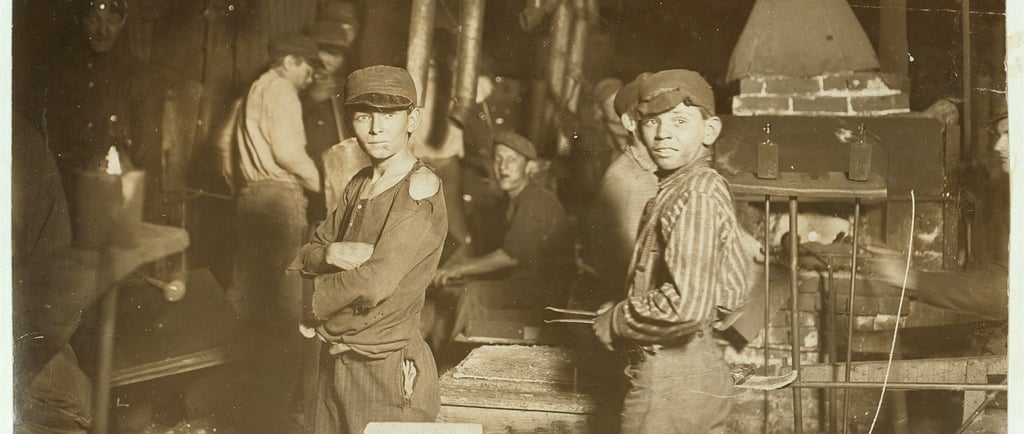🌊Sepia🖤The Earthy Brown Ink from the Ocean’s Depths🐙
A follow-up story from the chapter "Colour" in the Art Album. 🌈 Stories About Colors takes children on a vivid journey through history to explore how colours have shaped and connected cultures around the world. 🌍🎨 From the cave art of early humans to the vibrant pigments traded along the Silk Roads for thousands of years 🌊, each colour holds its own story of discovery, symbolism, and meaning. Children will uncover how natural elements like minerals, plants 🌿, and even animals 🐦 contributed to the palettes of early artists, linking art with the environment. This exploration invites children to see colours not only as materials on their art shelves 🎨 but as a bridge to the world around them and the history of human creativity. They’ll be inspired to ask, “Where did this colour come from?” and “How was it discovered?” — sparking curiosity about the hidden stories within each hue they encounter.
ART STORIES
11/14/20242 min read


Look closely at this old photograph with warm brown tones—it feels as though it’s been bathed in shades of coffee. ☕Today I will tell you the story of this color, which surprisingly does not come from coffee or minerals.
Over 2,000 years ago, ancient people around the Mediterranean Sea discovered something truly surprising—an amazing, rich brown ink that came not from plants or soil, but from a sea creature! 🐙✨ This was the cuttlefish, a cousin of the octopus. When threatened cuttlefish would release a dark cloud of ink as a defense mechanism. 🐙🌊
Curious fishermen noticed this unique defense trick. As the cuttlefish swam away, it left a deep, dark trail of ink in the water. 🌊💨 They wondered, “Could this ink be useful?” They decided to investigate further and began catching cuttlefish to discover where this mysterious pigment came from. They found a small, dark ink sac inside, filled with this remarkable ink. Soon, people began collecting the ink sacs of cuttlefish for this new pigment. They named it Sepia, 👏 Se-pi-a 👏, from the Greek word sepía, meaning cuttlefish. 🐙🖤
Artists and writers were fascinated! 🎨 Long before the invention of printed books, artists and calligraphers used sepia ink to carefully handwrite special books and scrolls. Each page was a work of art! 🎨📜 Here I have a photo of one page. Sepia ink became a favorite for calligraphy ✒️—a term meaning "beautiful writing." 🖋️✨You can see why. People used sepia ink to carefully craft each letter, creating books that are still admired today. Even now, some calligraphers prefer Sepia ink for its classic feel and natural connection to the past. 🎨📜
This pigment later found its way into photography 📸 when cameras were invented. Early photographs, like this one, were without colors—just black and white ⚫⚪. However, photographers noticed that these images would fade if exposed to sunlight 🌞 for too long. To solve this, they experimented 🔬 and discovered that dipping the photos in a solution made with sepia ink 🖤 helped preserve them, preventing fading and ensuring their longevity. And so, photos became like this old photograph I showed you at the beginig of the story.
If you ask your grandmother 👵 to show you old photographs from her grandmother 👵, you’ll likely still be able to see them clearly, thanks to the lasting power of sepia tones. 📸✨ Or, the next time you see an old photo with that warm brownish tint, remember—you’re looking at a color inspired by the same magical sepia ink that artists and writers used thousands of years ago! 📜🌊
📜✒️ Possible Follow-Up Exploration:
Write Your Name in Calligraphy:
🎨🖋️ Use sepia or brown ink and invite children to write their names in different calligraphy styles. Introduce them to a variety of dip pens and nibs, allowing them to explore the flow and texture of the ink. ✨
🧽 Don’t forget to bring a pen wipe and show the children how to clean the nibs properly before putting the materials away. 🖋️✨
With Montessori joy,
Vanina 😊

